Home>Gardening & Outdoor>Landscaping Ideas>How Many Miles Long Is The River Of Grass
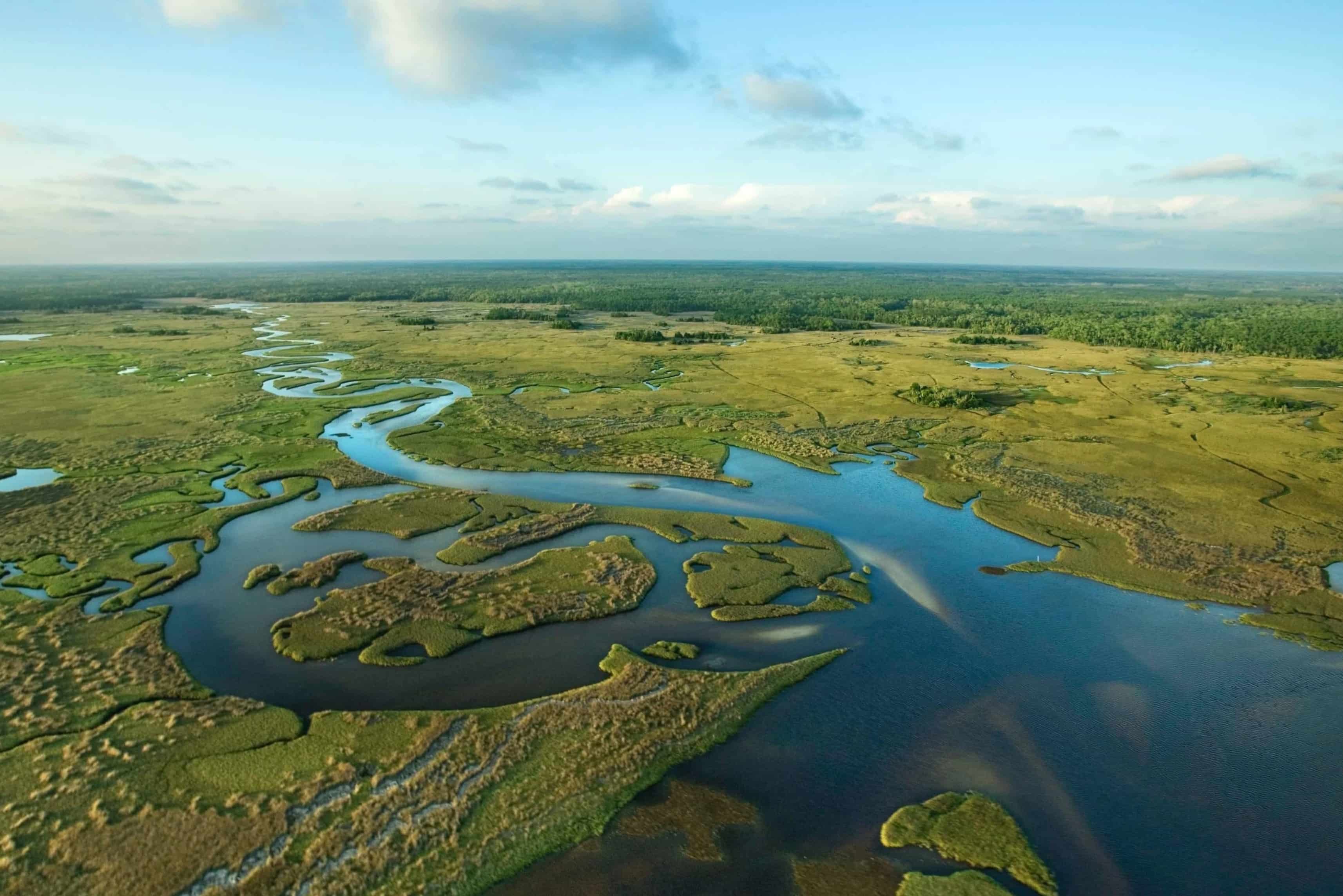

Landscaping Ideas
How Many Miles Long Is The River Of Grass
Published: January 26, 2024
Discover the length of the River of Grass and get inspired with landscaping ideas to enhance your outdoor space. Explore creative ways to incorporate nature into your surroundings.
(Many of the links in this article redirect to a specific reviewed product. Your purchase of these products through affiliate links helps to generate commission for Storables.com, at no extra cost. Learn more)
Introduction
The Everglades, a sprawling expanse of wetlands and forests in southern Florida, is home to a remarkable natural wonder known as the River of Grass. This unique ecosystem, teeming with diverse flora and fauna, is a captivating testament to the power and resilience of nature. One question that often piques the curiosity of both locals and visitors alike is the length of this iconic river. How many miles long is the River of Grass? Unraveling the mystery behind the dimensions of this vital waterway unveils a fascinating journey through history, geography, and environmental science. Join us as we embark on an exploration to uncover the secrets of the River of Grass and gain a deeper understanding of its significance within the Everglades ecosystem.
Key Takeaways:
- The River of Grass in the Everglades is a unique and complex ecosystem, defying traditional measurements due to its interconnected wetlands and ever-changing landscape.
- Efforts to measure the exact length of the River of Grass face challenges, but ongoing research and technology offer hope for unraveling its mysteries and preserving its ecological significance.
Read more: How Many Flights Of Stairs Is A Mile
The Everglades: A Unique Ecosystem
The Everglades, often referred to as the “River of Grass,” is a one-of-a-kind ecosystem that encompasses a mosaic of habitats, including sawgrass marshes, cypress swamps, pine forests, and mangrove forests. Spanning across 1.5 million acres, this expansive wetland is not only a UNESCO World Heritage Site but also a crucial habitat for numerous endangered species, such as the Florida panther, American crocodile, and West Indian manatee.
What makes the Everglades truly remarkable is its intricate web of life, where each organism plays a vital role in maintaining the delicate balance of the ecosystem. From the iconic alligators basking in the sun to the elusive orchids hidden among the cypress trees, the Everglades is a haven for biodiversity. The meandering waterways and slow-moving currents create a dynamic environment that supports a rich tapestry of plant and animal species, making it a living laboratory for scientists and nature enthusiasts alike.
However, the Everglades faces numerous threats, including habitat loss, invasive species, pollution, and climate change. Efforts to restore and preserve this unique ecosystem are ongoing, driven by a collective commitment to safeguarding this natural treasure for future generations. Understanding the significance of the Everglades as a unique and irreplaceable ecosystem is paramount in fostering a sense of stewardship and conservation.
The Origin of the River of Grass
The term “River of Grass” was popularized by Marjory Stoneman Douglas, a pioneering environmentalist and author, in her seminal work “The Everglades: River of Grass,” published in 1947. Douglas eloquently described the vast expanse of sawgrass marshes, interconnected waterways, and slow-moving sheet flow that define the Everglades as a “river of grass” rather than a traditional river with a single channel.
The origins of the River of Grass can be traced back thousands of years to the natural processes that shaped the South Florida landscape. The Everglades ecosystem is primarily fed by the flow of freshwater from Lake Okeechobee, the second-largest freshwater lake within the contiguous United States. This continuous flow of water, filtered through the limestone substrate, creates a shallow, slow-moving sheet flow that gives rise to the iconic sawgrass marshes and expansive wetlands that characterize the River of Grass.
Unlike conventional rivers, the Everglades lacks a well-defined beginning or end, embodying a dynamic and interconnected network of water, land, and life. The intricate dance between water, soil, and vegetation has sculpted the Everglades into a unique and complex ecosystem, where seasonal fluctuations in water levels dictate the rhythm of life for its inhabitants.
The River of Grass serves as a critical source of freshwater for South Florida, supporting a diverse array of plant and animal species while providing essential ecological services, such as water purification, flood control, and habitat for migratory birds. Its significance extends beyond its natural beauty, playing a vital role in sustaining the ecological balance and cultural heritage of the region.
Understanding the origin of the River of Grass not only unveils the geological and hydrological forces that shaped the Everglades but also underscores the intrinsic connection between water and life in this extraordinary ecosystem.
The River of Grass, also known as the Everglades, is approximately 100 miles long.
Measuring the Length of the River of Grass
Determining the exact length of the River of Grass is a complex endeavor due to its unique characteristics as a broad, slow-moving sheet flow rather than a traditional river with a defined channel. Unlike measuring the length of a linear river, quantifying the extent of the Everglades’ iconic “river” requires a nuanced approach that considers the interconnected network of marshes, wetlands, and waterways that constitute this expansive ecosystem.
One method of approximating the length of the River of Grass involves tracing the flow of water from its primary source, Lake Okeechobee, and following its meandering path through the sawgrass marshes and interconnected wetlands of the Everglades. This approach, however, presents challenges due to the ever-changing nature of the ecosystem, where water levels fluctuate seasonally, and the boundaries between land and water blur amidst the vast expanse of marshes.
Another approach to measuring the length of the River of Grass involves utilizing modern geospatial technologies, such as satellite imagery and geographic information systems (GIS), to map and analyze the intricate topography and hydrology of the Everglades. By capturing the dynamic patterns of water flow, vegetation distribution, and landforms, researchers can gain valuable insights into the spatial extent and interconnectedness of the River of Grass.
Furthermore, the integration of field surveys, hydrological modeling, and historical records contributes to a comprehensive understanding of the dimensions of the Everglades ecosystem, shedding light on the intricate pathways and processes that define the River of Grass. These multidisciplinary approaches enable scientists and conservationists to assess the spatial dynamics of the Everglades and monitor changes in its extent over time, providing critical information for ecosystem management and restoration efforts.
While the precise measurement of the River of Grass remains a complex and ongoing pursuit, the interdisciplinary collaboration of researchers, utilizing advanced technologies and traditional ecological knowledge, continues to unravel the mysteries of this iconic ecosystem, deepening our appreciation for its boundless beauty and ecological significance.
Challenges in Determining the Exact Length
Quantifying the exact length of the River of Grass presents a multitude of challenges rooted in the unique characteristics and dynamic nature of the Everglades ecosystem. Unlike conventional rivers with well-defined channels, the Everglades’ expansive marshes, shallow waterways, and interconnected wetlands defy traditional methods of measuring linear water bodies, giving rise to complexities in determining its precise dimensions.
One of the primary challenges in measuring the length of the River of Grass lies in its ever-changing landscape, characterized by seasonal variations in water levels and the continuous interplay between water, soil, and vegetation. The fluid boundaries between land and water, coupled with the broad expanse of sawgrass marshes, render the delineation of a definitive course for the “river” a daunting task.
Furthermore, the intricate network of natural and artificial water flow modifications, such as canals, levees, and water control structures, further complicates the task of delineating the boundaries and measuring the extent of the River of Grass. Human interventions aimed at water management and flood control have altered the hydrological patterns and spatial dynamics of the Everglades, posing challenges in accurately defining the length of this iconic ecosystem.
The diverse array of habitats within the Everglades, including sawgrass marshes, cypress domes, and hardwood hammocks, adds another layer of complexity to the measurement process. Each habitat type contributes to the mosaic of the Everglades, blurring the distinction between land and water and challenging conventional approaches to delineating the length of a river.
Moreover, the historical and cultural significance of the River of Grass as a symbol of natural beauty and ecological resilience transcends mere spatial measurements, underscoring the need to approach its assessment with a holistic understanding of its ecological, hydrological, and cultural dimensions.
Despite these challenges, ongoing advancements in geospatial technologies, interdisciplinary research, and collaborative conservation efforts offer promising avenues for unraveling the complexities of the River of Grass. By embracing a multidimensional approach that integrates scientific inquiry, traditional ecological knowledge, and community engagement, the quest to determine the exact length of the Everglades’ iconic “river” continues to inspire a deeper appreciation for its enigmatic beauty and ecological importance.
Read more: How Many Swimming Pool Laps Is A Mile
Conclusion
The River of Grass stands as a testament to the awe-inspiring complexity and resilience of the Everglades, weaving a tapestry of life, water, and land that defies conventional measurements and captivates the imagination. While the exact length of this iconic “river” remains a subject of ongoing exploration and debate, its significance transcends mere spatial dimensions, embodying the spirit of a dynamic and interconnected ecosystem that sustains life in myriad forms.
Unraveling the mysteries of the River of Grass unveils a profound appreciation for the intricate web of natural forces, historical legacies, and cultural significance that define the Everglades. The pioneering work of environmentalists, scientists, and conservationists continues to shed light on the complexities of this unique ecosystem, fostering a deeper understanding of its ecological value and the challenges it faces in the modern world.
As we navigate the complexities of measuring the length of the River of Grass, we are reminded of the need to embrace a holistic approach that integrates scientific inquiry, technological innovation, and community stewardship. By recognizing the Everglades as a living, breathing entity shaped by the ebb and flow of water, the interplay of flora and fauna, and the enduring spirit of those who advocate for its preservation, we honor its legacy as a symbol of natural beauty and ecological vitality.
Ultimately, the quest to measure the River of Grass transcends numerical values, inviting us to embark on a journey of discovery that celebrates the wonders of the natural world and inspires a collective commitment to safeguarding the Everglades for generations to come. As we stand on the cusp of new frontiers in conservation and ecological restoration, the enigmatic allure of the River of Grass beckons us to embrace its complexities, cherish its resilience, and champion its enduring legacy as a beacon of hope for the future.
Frequently Asked Questions about How Many Miles Long Is The River Of Grass
Was this page helpful?
At Storables.com, we guarantee accurate and reliable information. Our content, validated by Expert Board Contributors, is crafted following stringent Editorial Policies. We're committed to providing you with well-researched, expert-backed insights for all your informational needs.
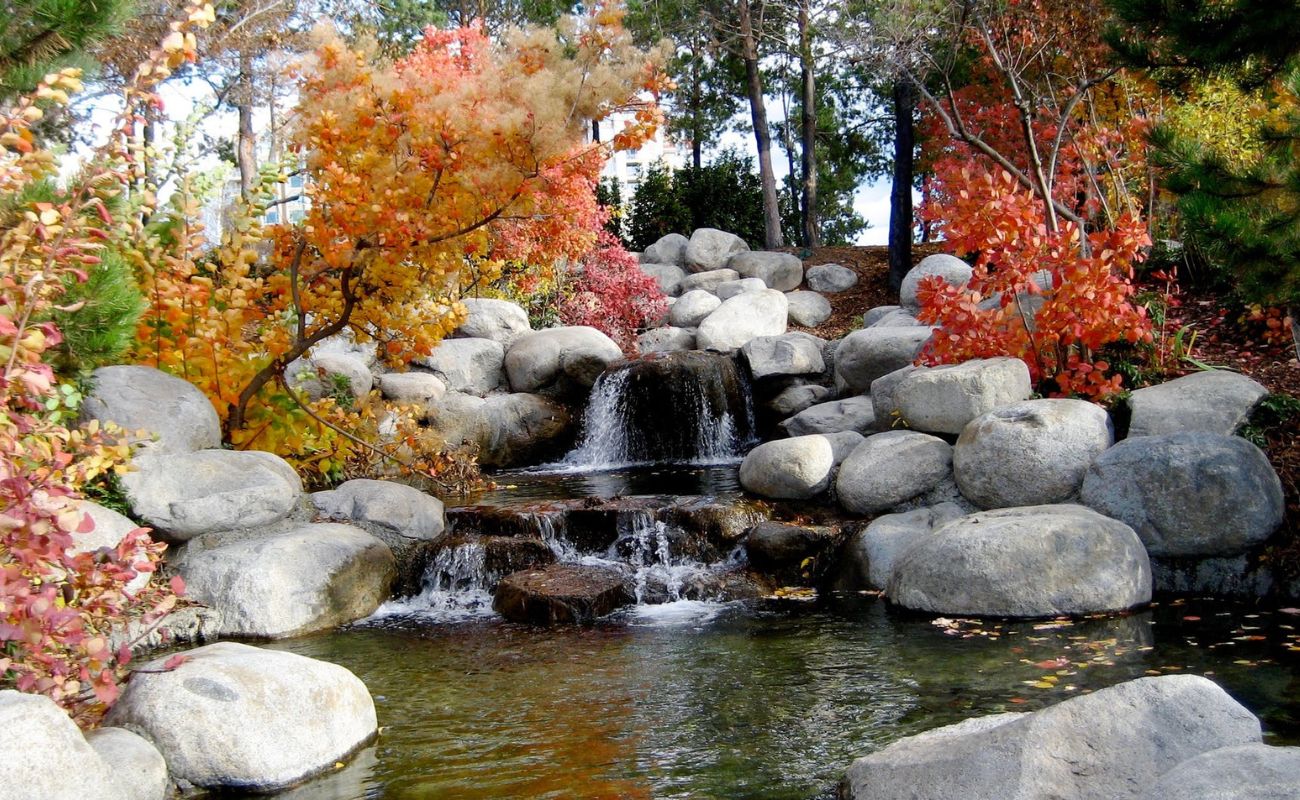

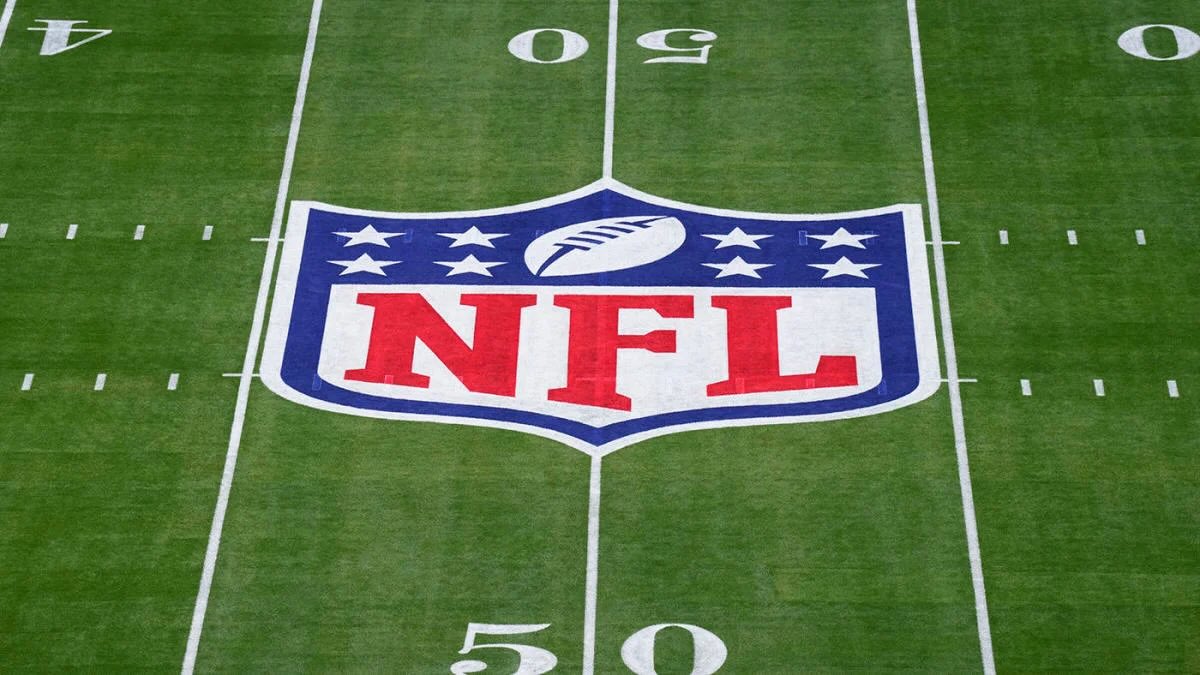
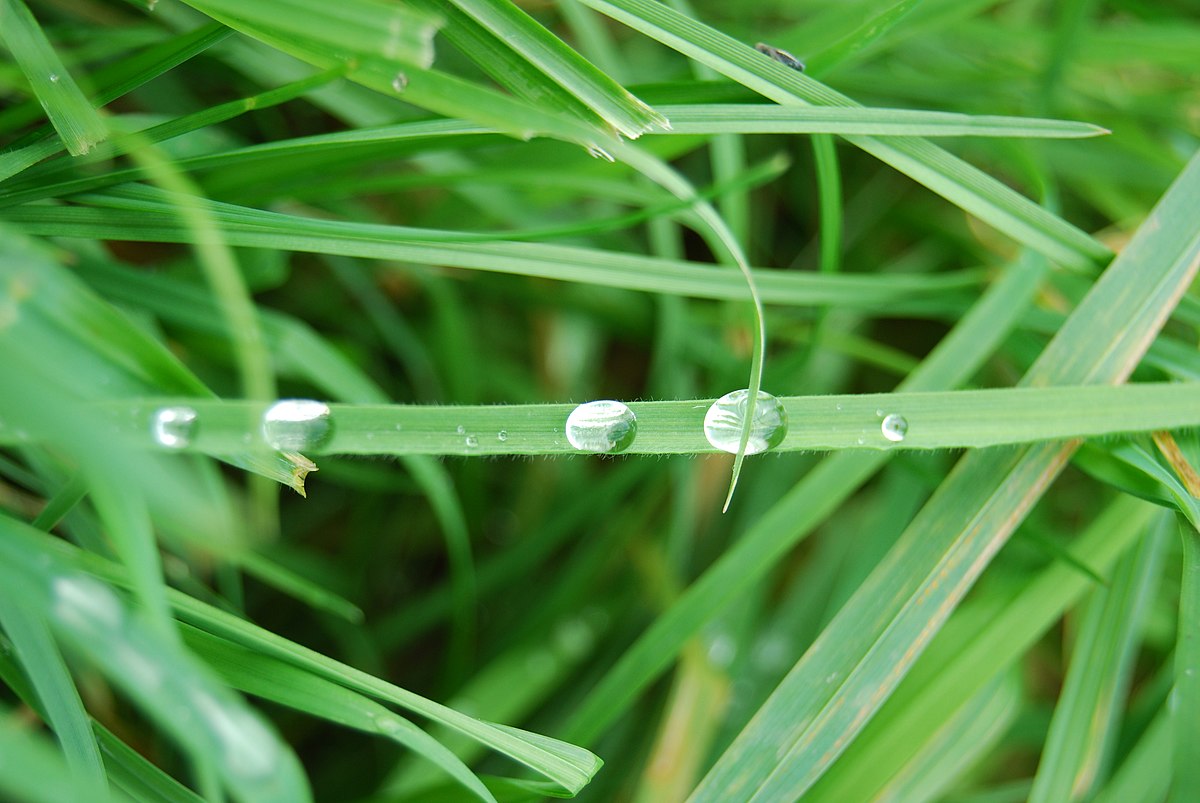
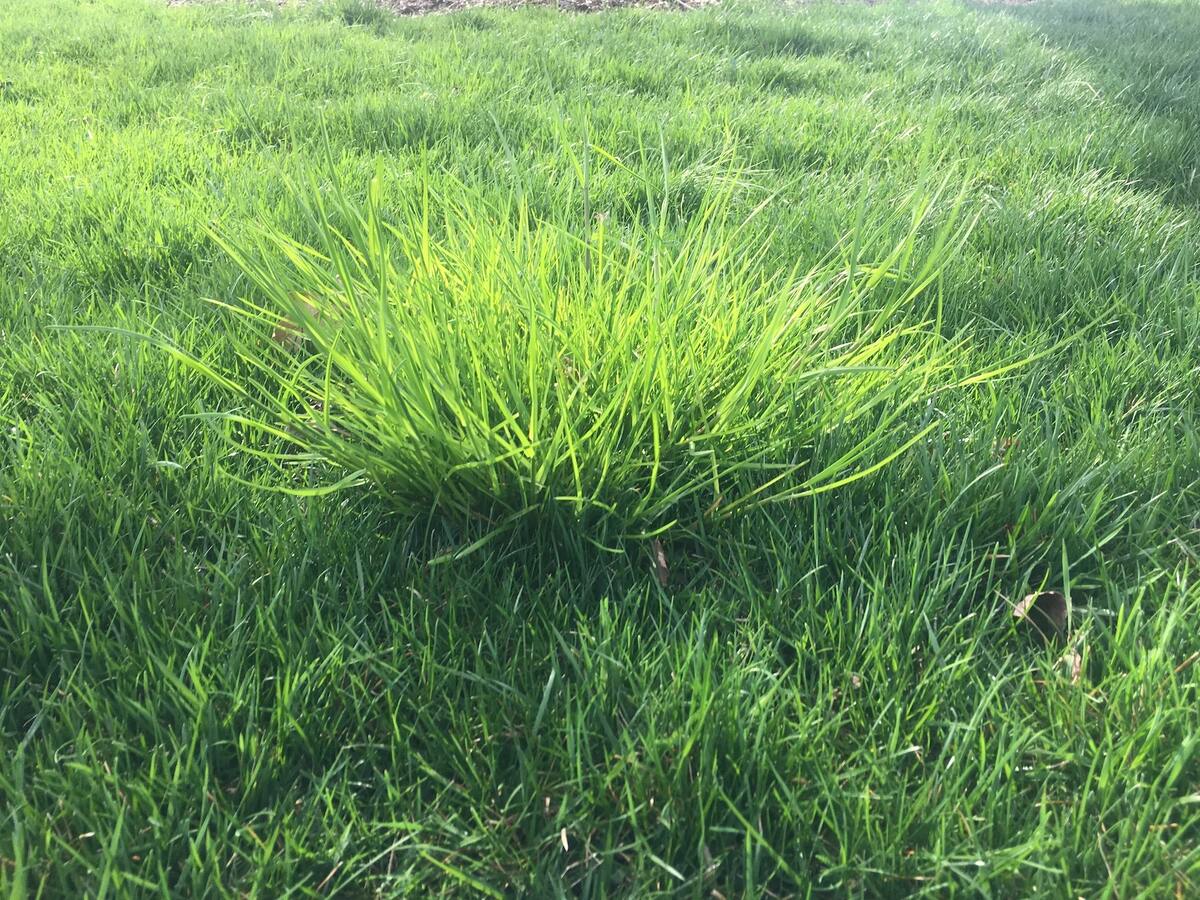
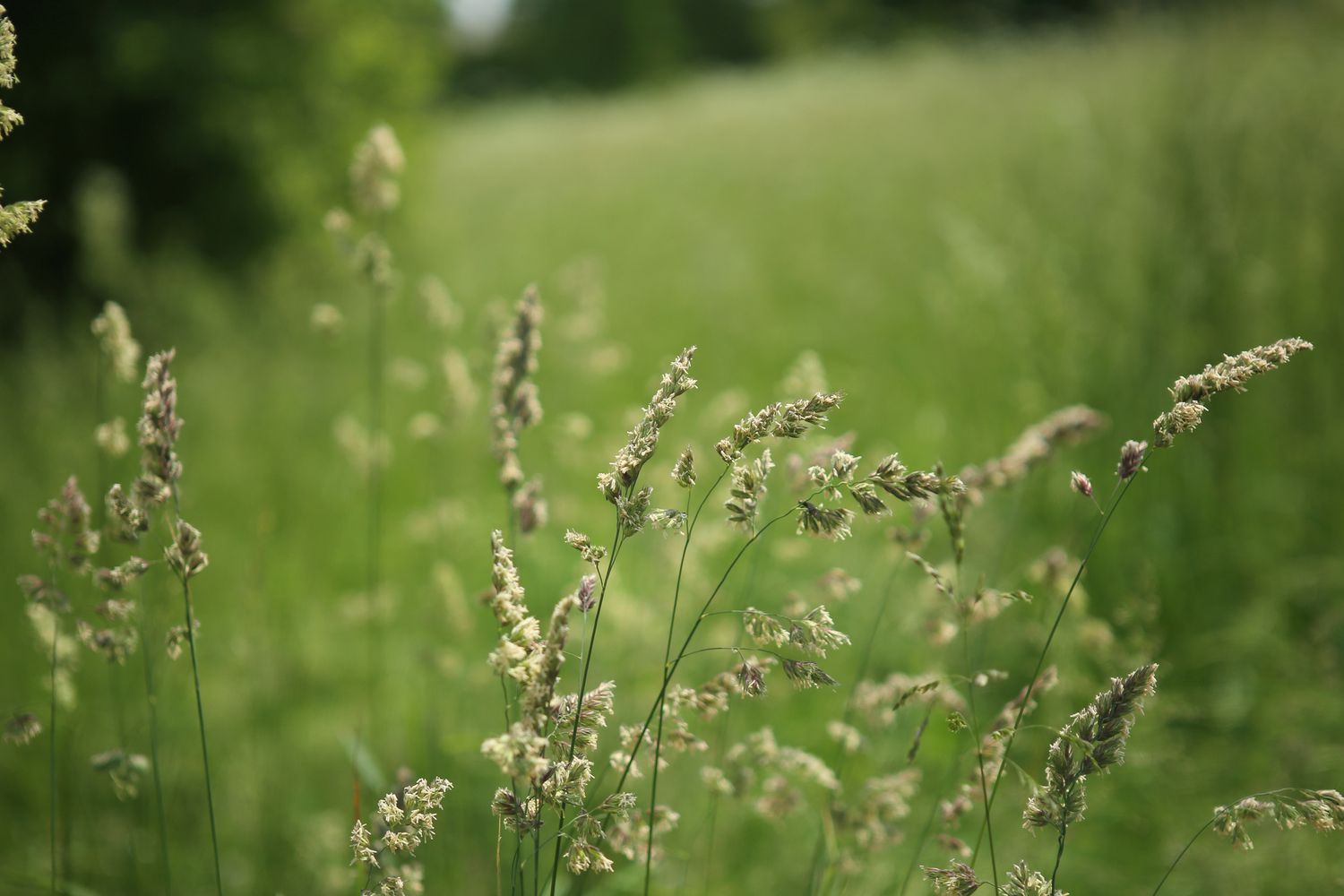
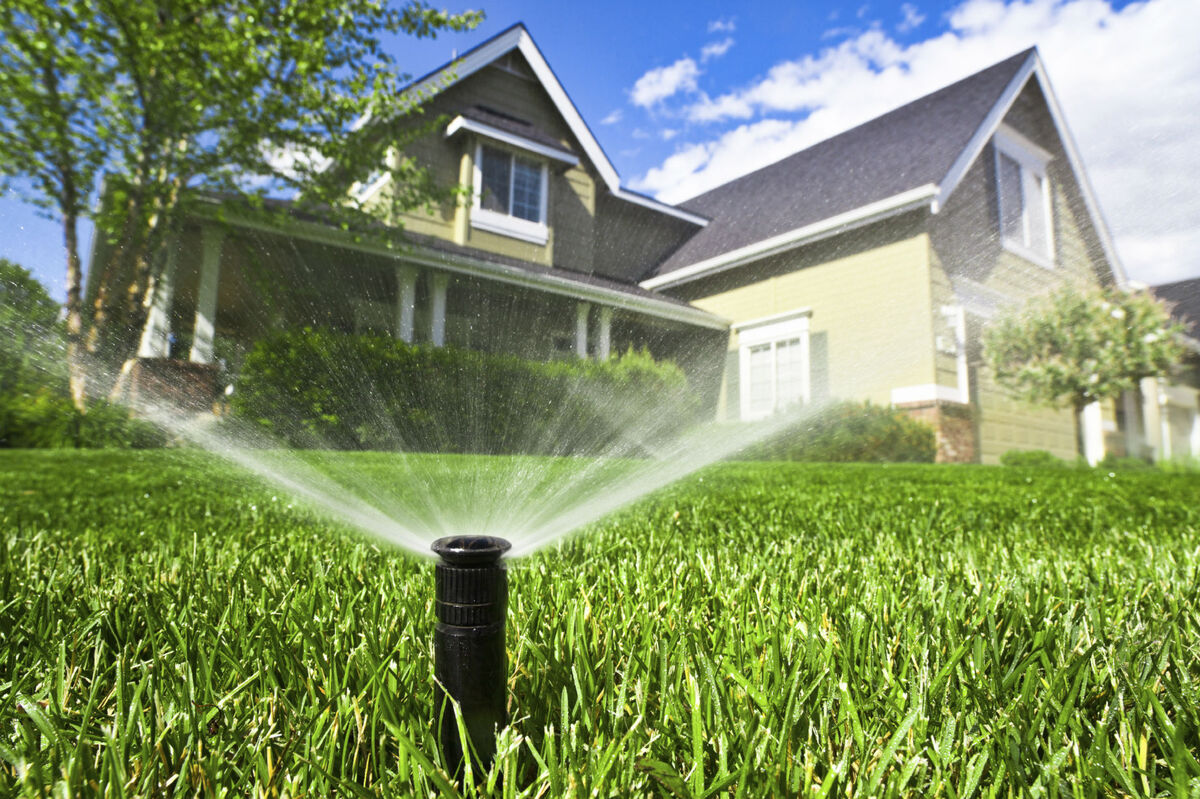
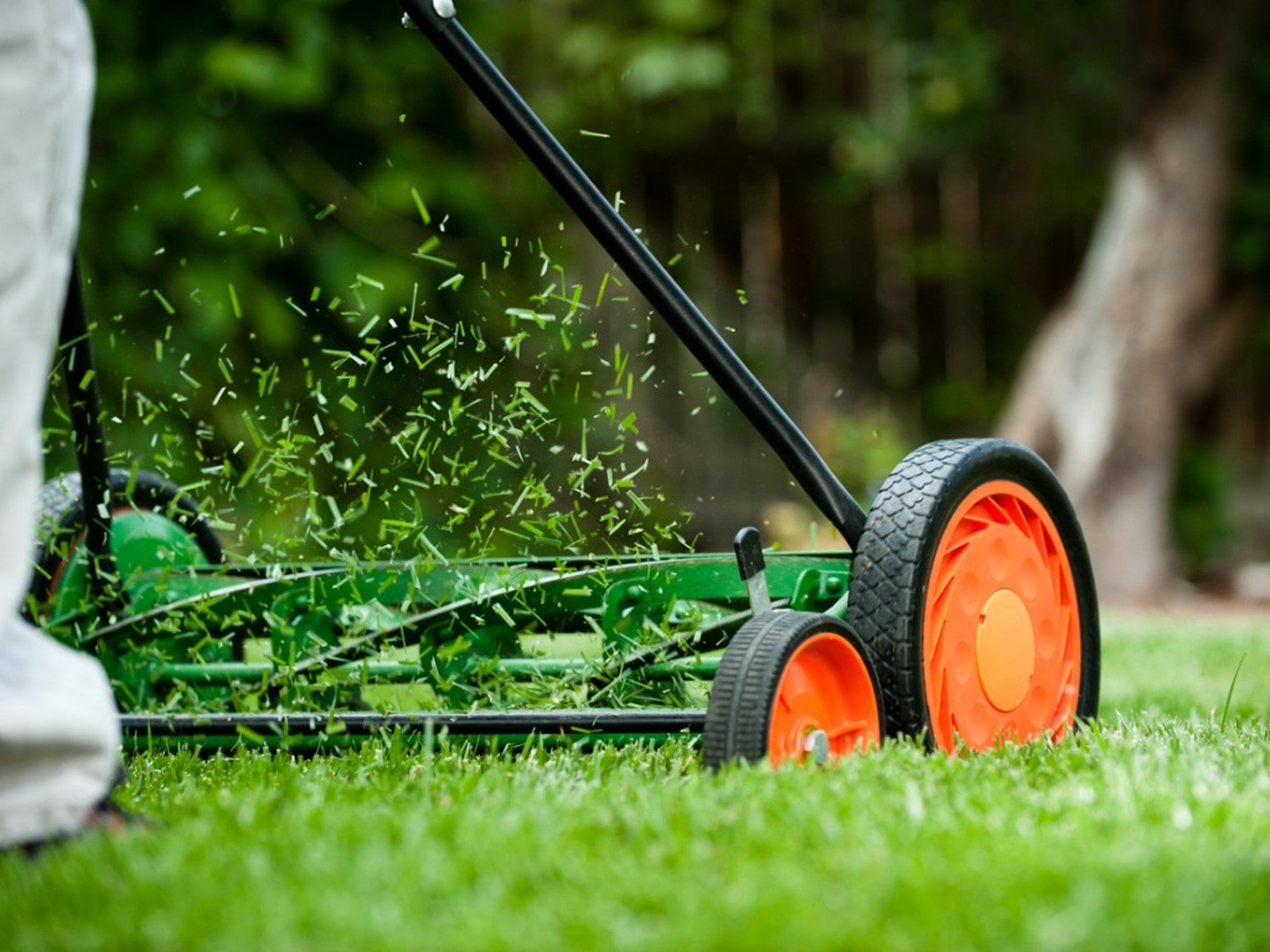

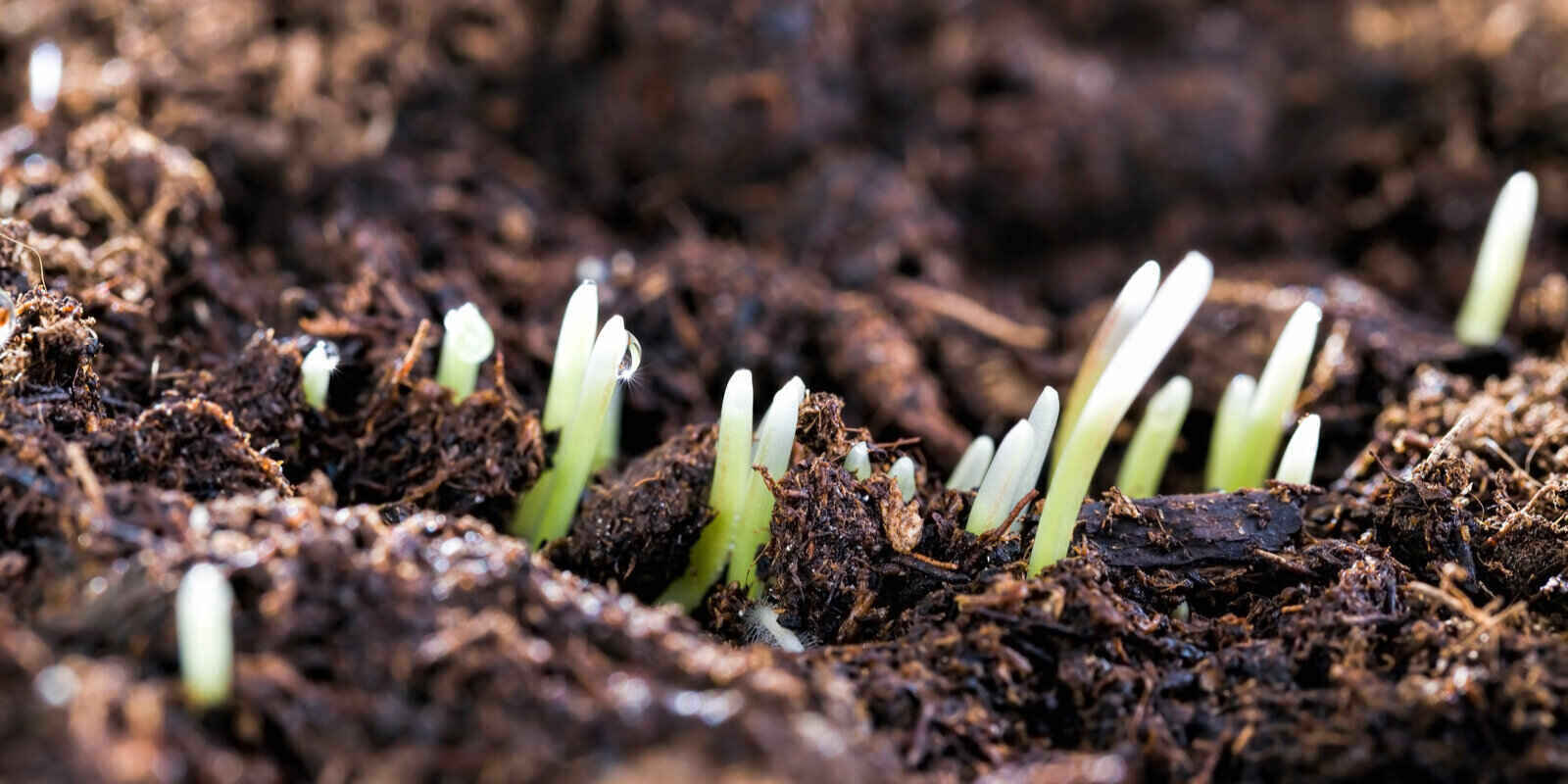
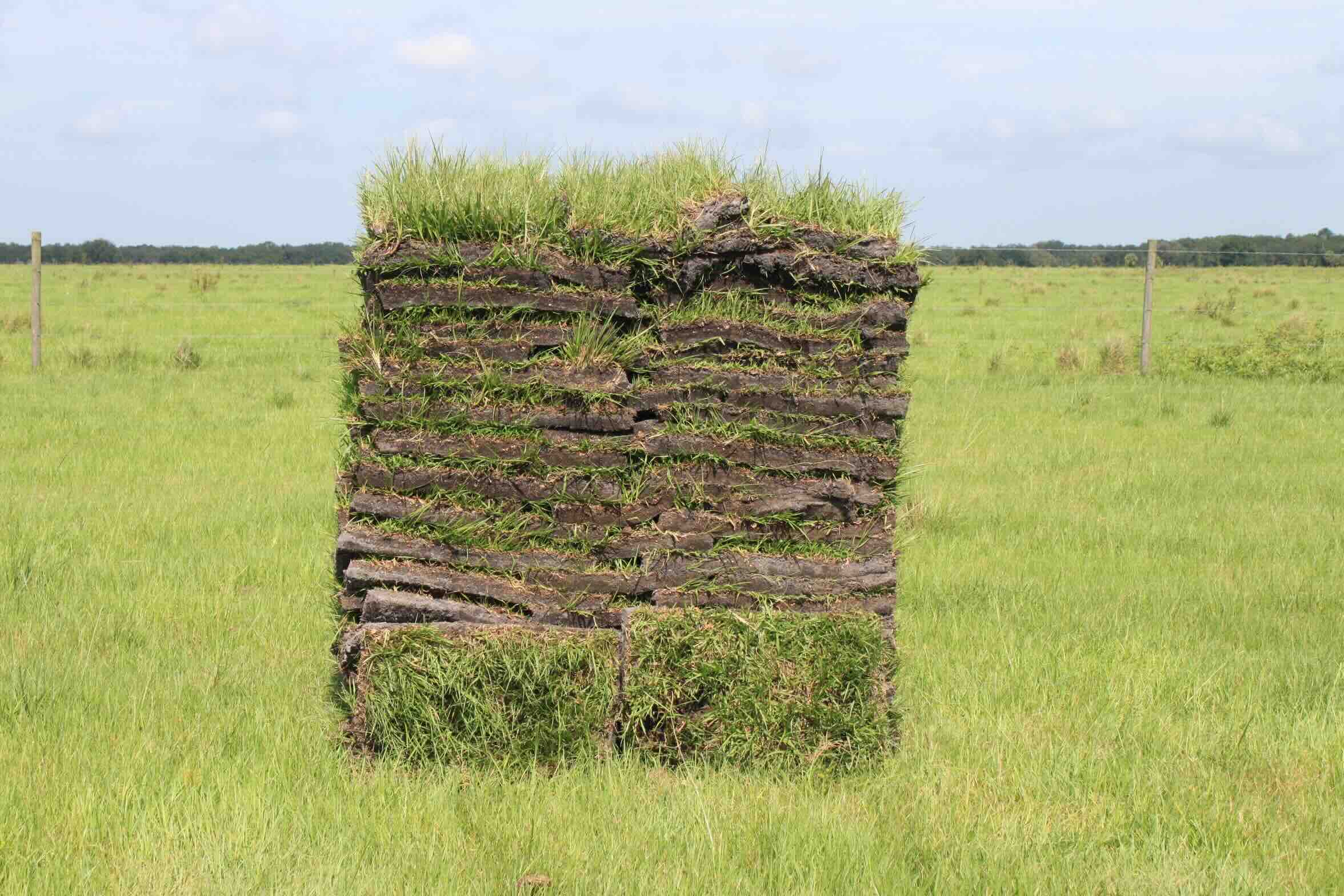
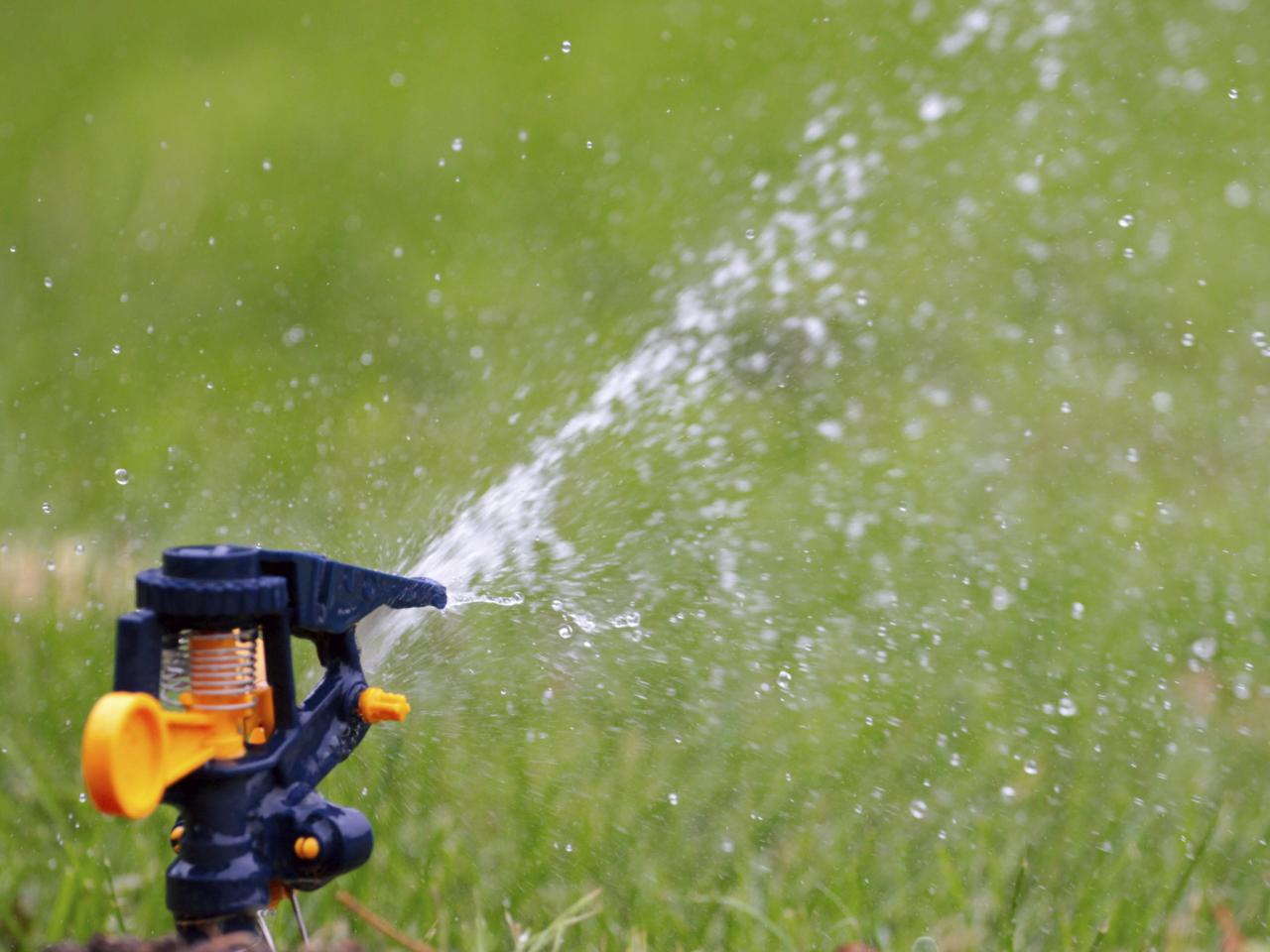

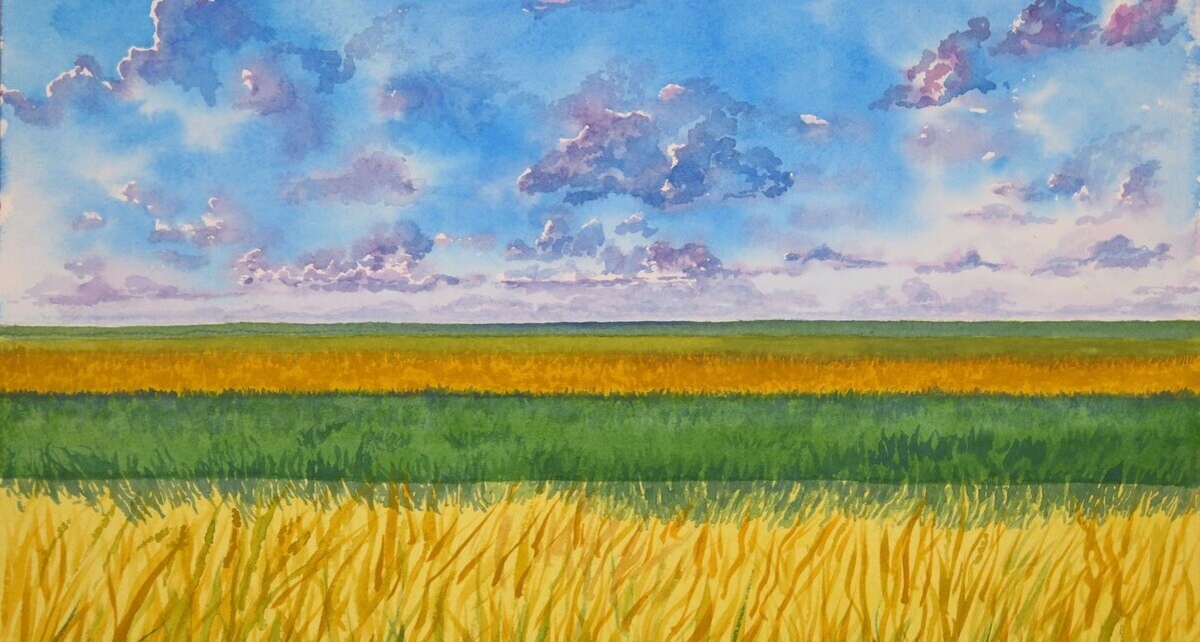

0 thoughts on “How Many Miles Long Is The River Of Grass”